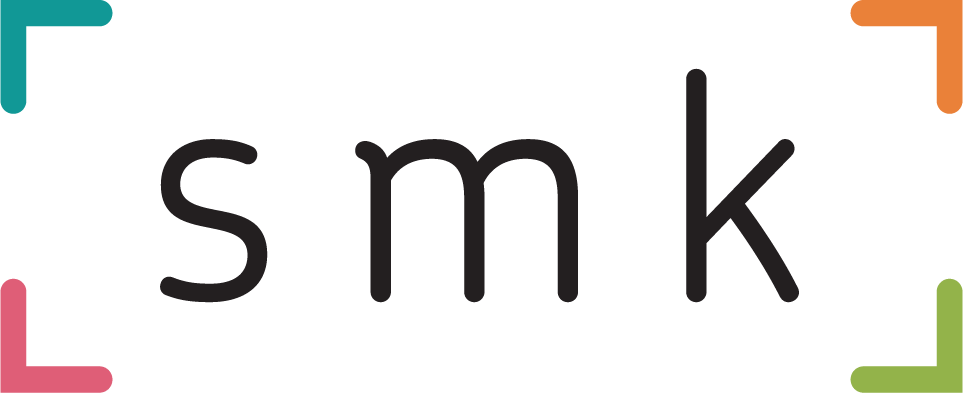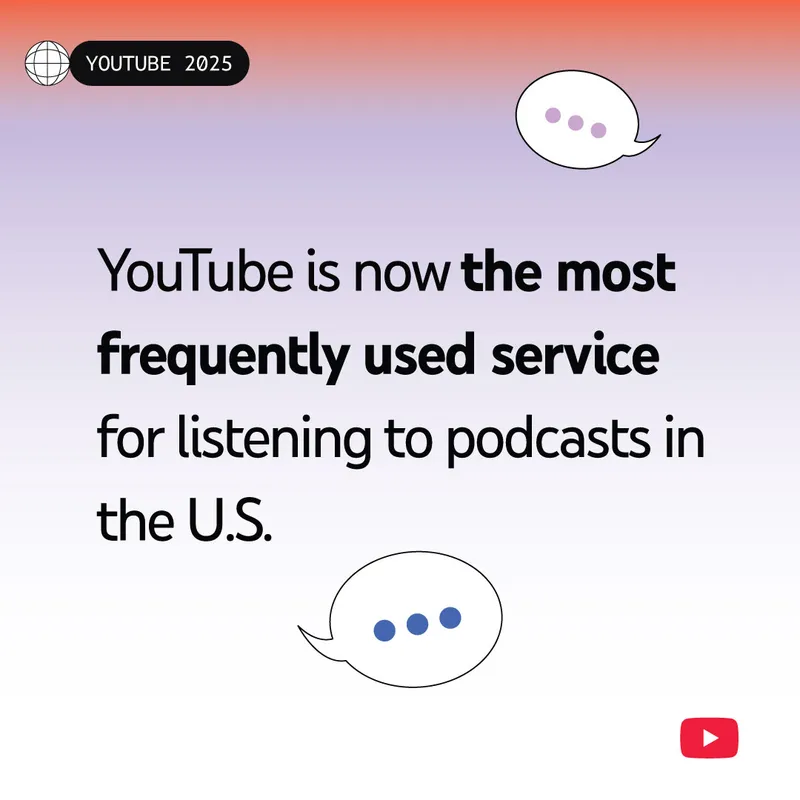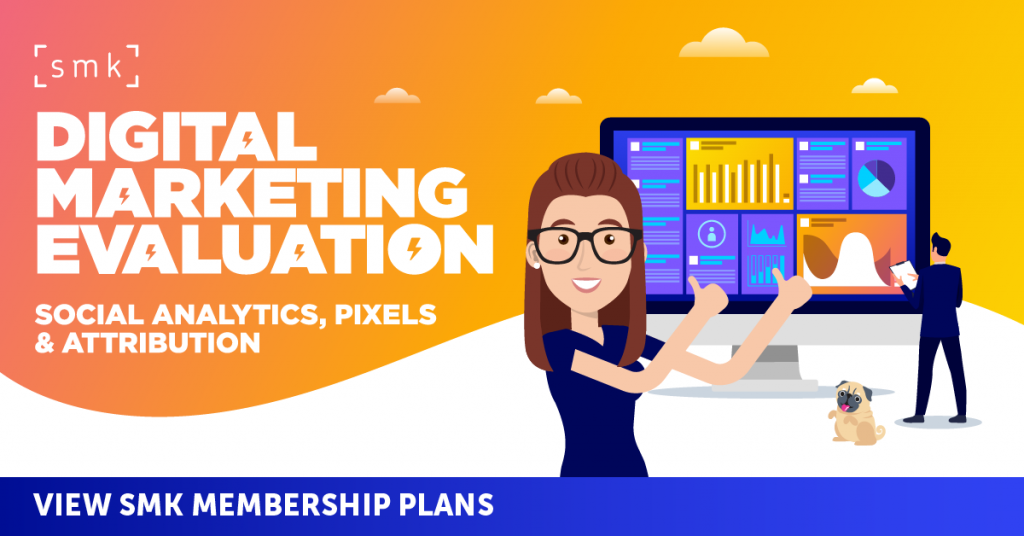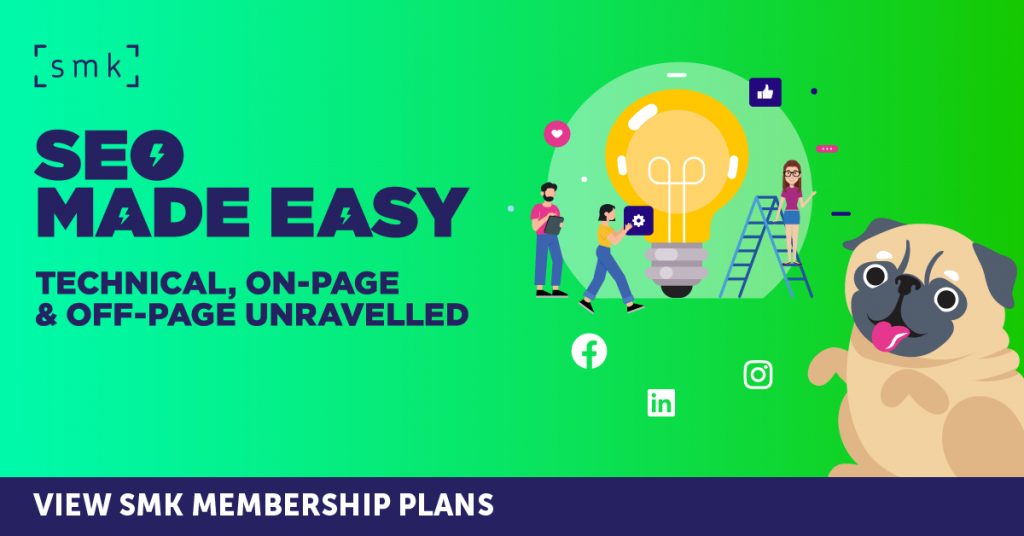As YouTube marks its 20th anniversary, it continues to reshape the digital and traditional media landscapes. No longer just a platform for user-generated content, YouTube has become a dominant force in TV viewership, advertising, and AI-driven content innovation. CEO Neal Mohan’s 2025 strategy highlights four key areas of focus: cultural influence, creator monetisation, the rise of connected TV (CTV), and AI-driven features. These shifts present critical opportunities and challenges for brands, advertisers, and media companies.
YouTube’s Growing Influence in TV and Streaming
YouTube’s position as a streaming leader has solidified, with its share of total U.S. TV viewership reaching 9.7% in May 2024, the largest ever recorded for a streaming service, according to Nielsen’s The Gauge report. This puts it ahead of Netflix (7.6%) and gives YouTube nearly 25% of the total streaming market. Once a hub for short-form, user-generated videos, the platform is now a major player in the living room, competing directly with traditional television networks and streaming services.
This dominance has significant implications for advertisers. YouTube’s ad revenue reached $31.5 billion in 2023, an 8% increase year over year and a remarkable 271% rise over six years. In the first quarter of 2024 alone, the platform generated $8.1 billion from advertising, a 21% year-over-year increase. As brands look for scalable, high-impact digital advertising opportunities, YouTube’s growing CTV footprint makes it an increasingly valuable channel.
The Rise of the Creator Economy
YouTube creators are no longer just content producers, they are businesses in their own right. Many have expanded into studio production, brand partnerships, and e-commerce, driving a shift toward diversified revenue streams. YouTube is supporting this shift by investing in new monetisation tools. More than 50% of channels earning five figures or more now generate income beyond traditional advertising, through initiatives such as channel memberships, direct-to-consumer sales, and affiliate shopping.
Shopping-related content is becoming a particularly lucrative area. Creators like Bora Claire have generated hundreds of thousands of dollars from a single video, highlighting the platform’s potential as a driver of purchase decisions. This shift presents opportunities for brands to explore integrated partnerships that move beyond traditional sponsorships to incorporate direct sales.
At the same time, YouTube is expanding engagement tools such as “Hype” to highlight emerging talent and broadening access to its Communities feature, strengthening creator-fan interactions. As the creator economy matures, brands that collaborate effectively with YouTube creators will be well-positioned to build deeper audience relationships.
Connected TV: The New Battleground
The shift toward CTV is reshaping media consumption habits, with YouTube now leading the charge. In the U.S., TV has overtaken mobile as the primary device for YouTube viewing by watch time. This shift represents a major opportunity for advertisers, as CTV ad inventory continues to grow.
YouTube is enhancing the CTV experience with interactive features such as second-screen functionality, allowing viewers to engage via their mobile devices while watching on a larger screen. The “Watch With” feature, which enables creators to provide live commentary on events, further integrates social engagement into traditional TV viewing.
For advertisers, these developments open new possibilities for high-impact ad placements. YouTube is rolling out CTV-optimised formats, including QR code-based ads and pause ads, designed to drive engagement in a living-room environment. Meanwhile, its subscription services, YouTube TV (8 million subscribers) and YouTube Premium (100 million+ subscribers), continue to expand, reflecting strong demand for both ad-supported and premium content.
However, YouTube’s growing dominance has sparked mixed reactions from traditional media players. Some, like Netflix and Disney, view it as a complementary platform, while others see it as a direct competitor, siphoning viewers and advertising dollars away from traditional TV and streaming services. Amazon has opted for collaboration, partnering with YouTube star MrBeast to create exclusive content aimed at leveraging his vast audience.
AI’s Expanding Role in Content Creation
AI is becoming a central component of YouTube’s strategy, transforming both content creation and consumption. The platform has already introduced AI-generated backgrounds and soundtracks for Shorts, and it is now expanding its use of AI for video thumbnails, title suggestions, and automated dubbing.
Auto-dubbing, in particular, has shown strong results, with more than 40% of watch time on dubbed videos coming from viewers choosing to listen in a language other than the original. YouTube plans to make this feature widely available to creators in 2025, further extending content reach across global audiences.
Beyond content creation, AI is also playing a role in user experience enhancements. YouTube Premium recently introduced AI-powered “jump ahead” functionality, picture-in-picture mode for Shorts, smart downloads for offline viewing, and a redesigned watch page. Additionally, YouTube is piloting conversational AI tools and enhanced HD video quality for Premium users, reinforcing its commitment to innovation.
At the same time, YouTube is taking steps to manage the risks associated with AI-generated content. The platform is developing tools to help individuals detect and control AI-generated depictions of themselves and is collaborating with industry leaders to establish responsible AI guidelines.




RECOMMENDED FOR YOU
YouTube Dominates AI Search Results With 200x Advantage
YouTube may be one of the best-kept secrets for…
YouTube may be one of the best-kept secrets for…
YouTube Expands Generative AI Video Tools
YouTube is doubling down on generative AI, rolling out…
YouTube is doubling down on generative AI, rolling out…
Google Expands YouTube BrandConnect As Influencer Focus Grows
Influencer marketing has become a key component of digital…
Influencer marketing has become a key component of digital…